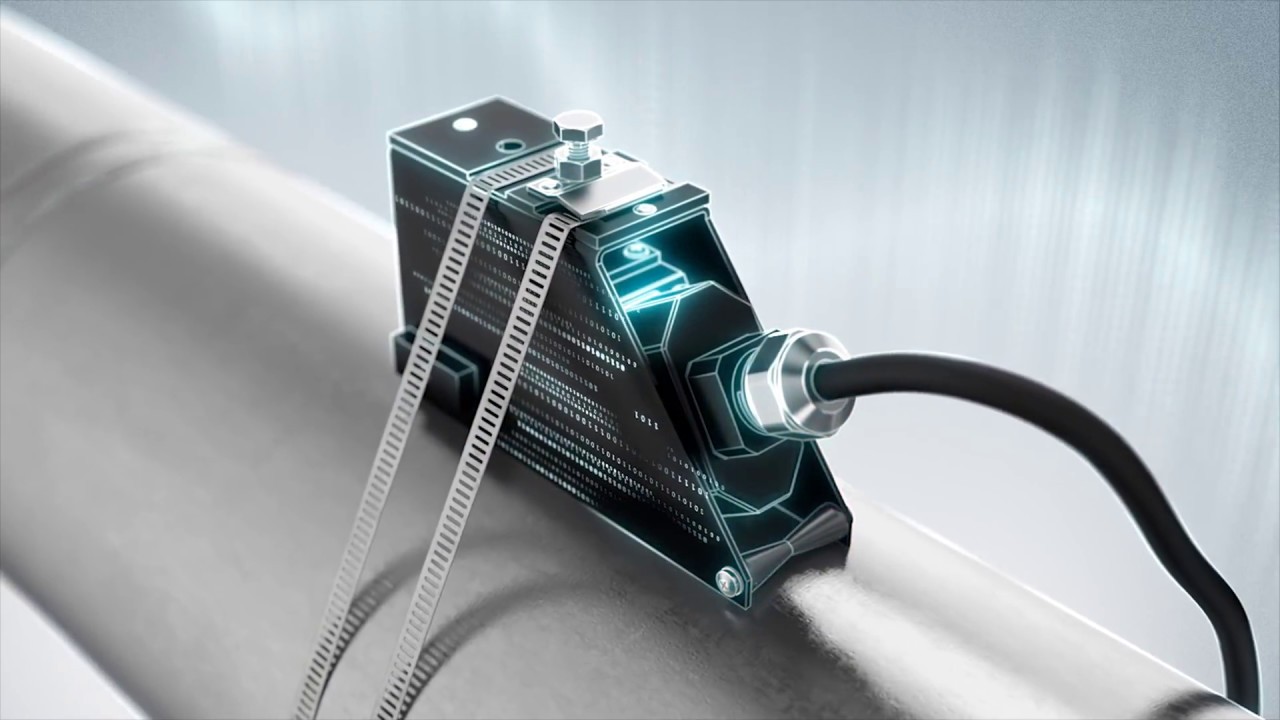We often discuss with clients what the optimal flow rate and pipe size should be for heat pump systems during our technical sales meetings. Many in the industry are concerned about how to maintain the required flow rate for heat pumps systems with a small pipe size. We are sure many of you have asked the same question, so we decided to provide some suggestions before you install one before you click here for the best flow meter solution.
When designing piping, it is important to consider how the pipe material will perform in terms of corrosion resistance and temperature resistance. This is an important consideration when designing systems. The fluid’s flow rate through the pipe is almost equal in importance. The system’s longevity and energy consumption are both affected by its flow rate.
It is important to understand how fluids pass through a pipe material in order to ensure long-term reliability and cost savings. Next are the factors that influence flow rate and pipe sizes in a piping system.
Pipe Sizing and Pressure Drop
The calculation of pipe sizes is a common factor in flow rate design. Some engineers might reduce the pipe size to lower capital costs and increase velocity.
In the opposite direction, higher velocities can lead to a decrease in the life of metallic pipes due to erosion and surge pressures.
We should reduce pressure and head loss throughout a network of pipes to optimize flow rates.
Pipe sizing should always be done with the goal of balancing cost and reliability.
For hot water systems, the general rule of thumb is to maintain velocity between 1 and 3 m/s.
Efficiency
Properly selecting the right piping material and designing the system will control flow rate and velocity to minimize energy consumption.
This is because faster fluid means greater friction loss and increased stress on pumps. Higher energy consumption will mean that larger pumps might be required. Certain materials like metals will corrode faster at high speeds. Corroded materials have a greater friction loss and are less smooth. The system will be most efficient if it has the right pipe diameter to meet the flow rate. The pipe’s diameter increases in cost, but the pressure drop drops. This means that the pumping of liquid requires less power. In the end, there is a minimum cost. This is shown in the net present value. This is the economic pipe diameter.
Reliability & Service Life
The system efficiency can be improved by optimizing the size of the pipes and the velocity of the fluid. This will also improve the service life. Here are some of the problems that can arise from piping with a higher velocity or undersized size.
Pipelines moving at high speeds can cause corrosion/pitting. It is possible for piping to be replaced or repaired sooner than anticipated.
Premature failure can be caused by abrasives or erosion
Water hammer surge pressures can cause more damage at higher speeds.
Service Costs vs. Upfront Costs
Pipe material, pipe size and pipe running meters are the main factors that affect piping costs. While a smaller piping system will cost less in capital, it will have a high service and energy cost. The system cost of installing a piping system that is too large will be prohibitive.
It is important to balance fluid flow, upfront costs, and operating costs. Before a pipe is installed, one should consider the following points: the flow rate of the pipe and the pipe size. Our piping system is designed to be cost-effective while still being reliable and efficient. We design a system that will work for you.
Fit your budget
Do not increase energy consumption
It will not require any repairs or maintenance in the near future.











